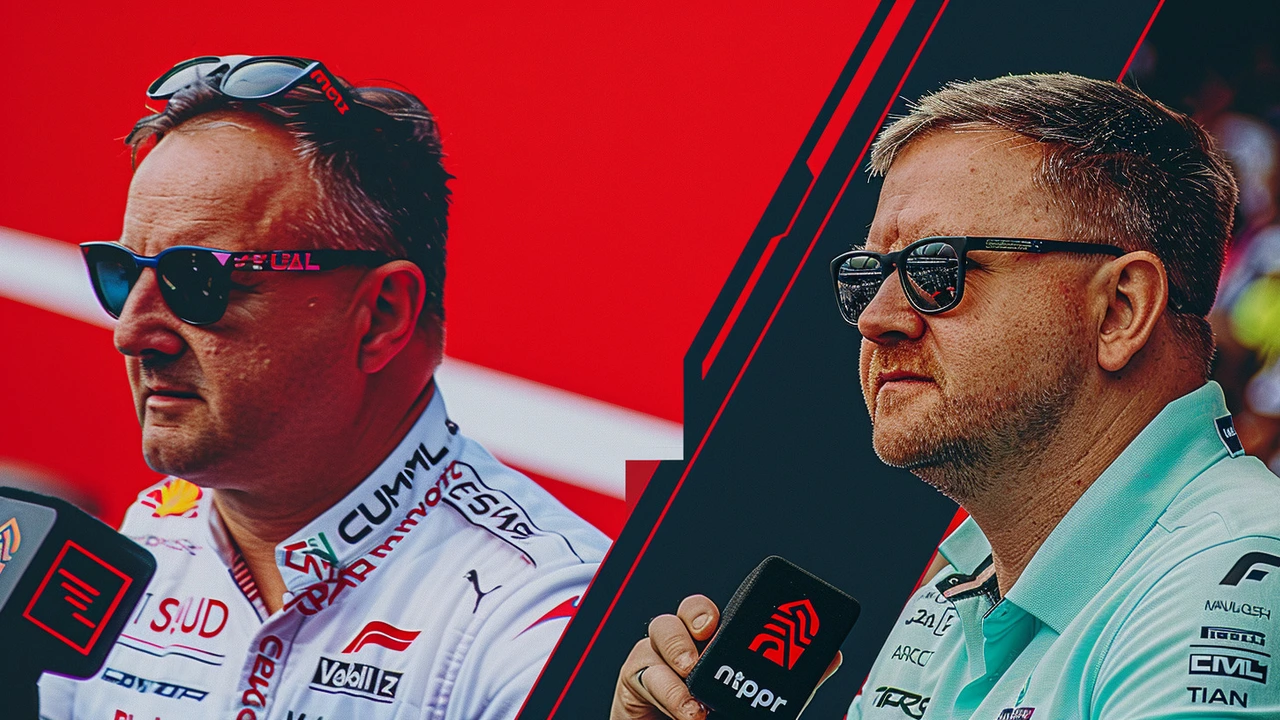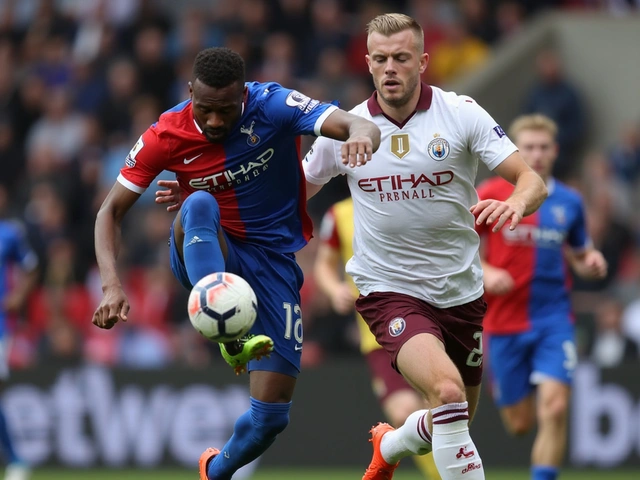Safety Car: What It Means for Races, Drivers and Strategy
A safety car can flip a race in minutes. When something dangerous happens on track — a crash, debris, or bad weather — officials call out the safety car to slow the field and keep drivers and marshals safe. It’s not just a yellow flag on wheels; it’s a rule-driven tool that shapes strategy, restarts, and sometimes the final result.
How the safety car works
Once race control decides a safety car is needed, a dedicated car with lights leads the pack at a controlled speed. Drivers must form a line behind it and keep positions until the race director ends the intervention. In Formula 1, the safety car picks up the leader; in NASCAR, the pace car does the same but with different restart rules. Many series also use a Virtual Safety Car (VSC) — drivers hold a reduced speed limit without a physical car on track. VSC is faster to deploy and avoids bunching the field when the hazard is isolated.
Signals matter: yellow lights, flags, and pit board messages tell teams what to do. Pit lane may stay open or be closed depending on the incident. In F1, pitting under safety car can gain time because everyone moves slower on track; in NASCAR, pit strategy is handled differently and restarts are more aggressive. Race control sometimes allows lapped cars to un-lap themselves before a restart; that cleans the order but gives leaders less buffer.
Why it matters for strategy
Teams plan differently when a safety car is possible. Pitting during a safety car can save time on a pit stop, letting a driver jump rivals who pit under green flags. But it can also ruin tire life or leave you in traffic at the restart. Fuel management changes too: drivers burn less fuel behind the safety car, which can extend a planned stint and alter late-race tactics. Crew chiefs and engineers watch the timing closely — one call can gain a podium or drop a title contender out of contention.
Safety cars also affect the spectacle. Bunched fields produce chaotic restarts and overtaking chances, which fans either love or dread depending on the outcome. Controversies crop up when teams accuse race control of inconsistent use, or when the safety car itself causes confusion on who leads. Series have tweaked rules over the years to make deployments fairer and faster.
For fans watching live, pay attention to trackside flags, timing gaps, and team radio. Those tell you whether a pit stop is coming or if the leader will defend aggressively on the restart. If you bet, remember safety cars are high-variance events — they can make underdogs win or erase big leads in an instant.
Bottom line: the safety car keeps people safe and forces teams to think fast. It’s a key part of modern racing and a moment where strategy, nerves, and split-second calls decide races.
Behind the Wheel: Unveiling the Secrets of the F1 Safety Car with Bernd Maylander
By Sfiso Masuku On 8 Jun, 2024 Comments (15)

The FIA Safety Car is pivotal in guaranteeing safety on the F1 circuit. It’s dispatched during bad weather or after accidents to protect everyone on site. This article dives deep into how the Safety Car operates, decisions behind its use, and insights from Bernd Maylander, the Safety Car driver, including the technology within the vehicle.
View More




